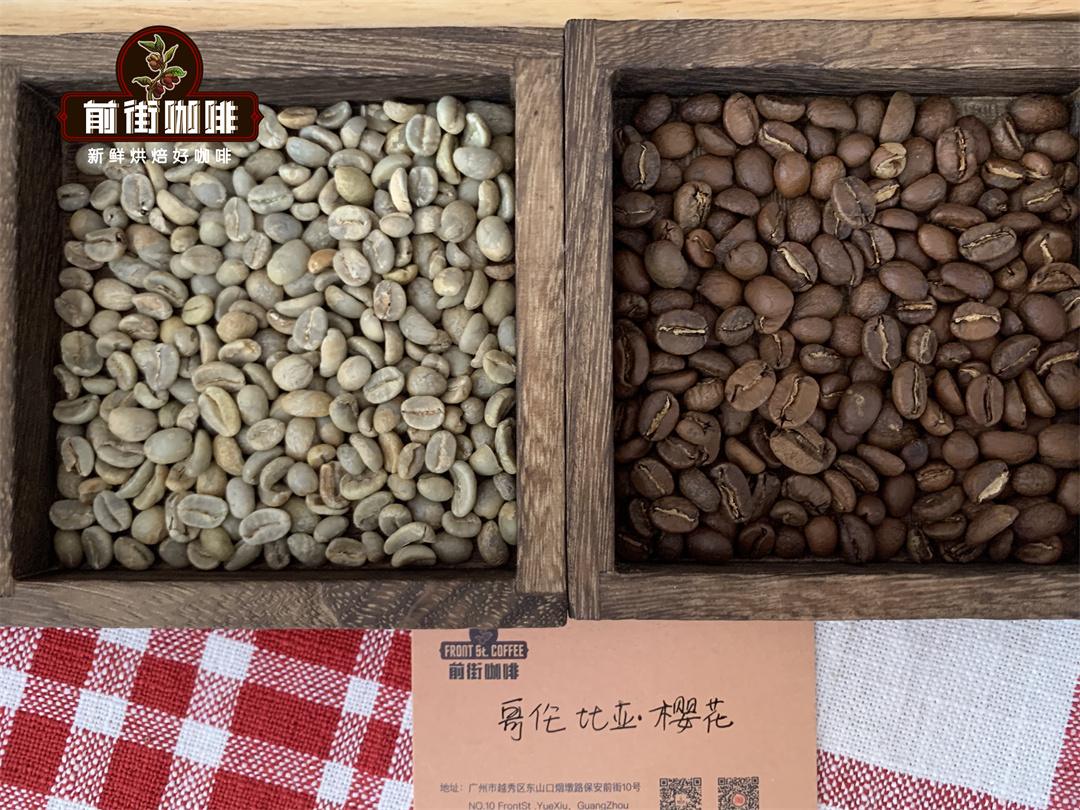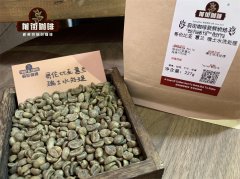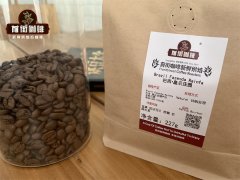Colombian Coffee guerrilla Coffee Farmer is the best coffee in the Narino coffee growing area in the south?
In front street coffee, a series of new bean varieties are often tested, while coffee from Colombia shows obvious sweetness and chocolate flavor in most cases, with some fruity flavours. Red fruit notes such as caramel, apple and berry. The aroma sometimes has a hint of citrus and fruit, with a hint of spice.
For Colombian coffee, reviews tend to note that it is moderately full-bodied with a rich flavor and citrus acidity. The best high-yielding Colombian coffee represents the classic Latin American mild fruity, though not the almost fermented fruity.
The large number of crops grown in the country (Colombia grew nearly 10% of the world's coffee in 2015) means that these high-quality Arabica beans are also one of the most aggressively priced beans on the market and are the base for many beans. A mixture of brands. The common disadvantage of these beans is that many people will find them very "mild" because they are used to the taste.
Growth altitude: 1200-2000 m
Arabica varieties: Bourbon, Iron pickup, Kaddura, Tabi, Colombia, Marago Gippe, Castillo
Harvest time: September to December
Treatment process: washing and drying
Aroma: sweet (caramel), cocoa
Taste: sweet (fruity), citrus, nutty (light)
Acidity: bright, citric acid

Agriculture and organic coffee
Most standard Colombian coffee is grown on relatively small farms and then collected, wet-processed (washed), ground and exported by the Colombian Coffee Federation.
Colombia's elevations range from 1200 to 1800 metres, providing plenty of opportunities for discovering highly rated, strictly high-grown Colombian coffee. Colombian coffee is usually washed and dried on the terrace.
Due to the vast size of Colombia, the harvest season varies from region to region, with most crops harvested between September and January, but in some areas between April and August. Stable production leads to more stable prices and provides a stable supply of Colombian raw coffee to the North American market.
Colombian organic coffee is not uncommon, and Colombian coffee certified by Fair Trade and Rainforest Alliance is also on the market.
Guerrilla coffee farmers
Following the signing of the peace treaty in 2016, members of the guerrilla FARC (Revolutionary Armed Forces of Colombia) began training coffee farmers and baristas at the Coffee Science and Technology Park in Tecnicafe. The group occupied Cauca, an area up to 2100 meters above sea level and rich in volcanic soil-perfect conditions for growing coffee. It will be interesting to see how well-trained ex-soldiers grow and produce coffee.
Growth region
Three of Colombia's most outstanding coffees-Medellin, Armenia and Manisales-are all named after the regions where they are grown and are often sold together to simplify the transfer of large coffee contracts. The acronym for these coffee is MAM.
Cauca currently covers an area of about 95000 hectares and is cultivated by 93000 families.
One of the best coffee in Colombia is Medellin Supremo, which is on a par with Jamaican Blue Mountain Coffee, although it has more acidity.
Other coffees from Colombia include Cucuta coffee from Venezuela (usually transported through Maracaibo) and the Bucaramanga coffee variety known for its low acidity. Some of Colombia's best coffee comes from the Narino coffee-growing region in southern Colombia.
Important Notice :
前街咖啡 FrontStreet Coffee has moved to new addredd:
FrontStreet Coffee Address: 315,Donghua East Road,GuangZhou
Tel:020 38364473
- Prev

Storage of raw bean coffee the best time for raw bean storage will raw bean coffee age
After coffee has been processed and dried, it needs to be properly stored to prevent mold and mold from growing. Under the right conditions, they can be preserved for years, but roasted coffee is always better when it is as close to the processing date as possible. Storage can be in the country of origin, or in the broker's facility, or in the actual baking facility, or in the home of the home baker. The best time for raw beans to be stored
- Next

World boutique coffee 5 things you should know about Brazilian boutique coffee
Brazilian coffee has a bad reputation. Quantity is greater than quality, you may hear people say. But there are a lot more beans than most people think. So, as Qianjie Coffee, I'm here to share with you five things you should know about coffee in this country. Some of them may surprise you. The world's largest producer. We're not talking about the country here.
Related
- What brand of black coffee is the most authentic and delicious? what are the characteristics of the flavor of the authentic Rose Summer Black Coffee?
- Introduction to the principle and characteristics of the correct use of mocha pot A detailed course of mocha pot brewing coffee is described in five steps.
- Which is better, decaf or regular coffee? how is decaf made?
- How much is a bag of four cat coffee?
- How about four Cat Coffee or Nestle Coffee? why is it a cheap scam?
- Which is better, Yunnan four Cats Coffee or Nestle Coffee? How about cat coffee? is it a fake scam? why is it so cheap?
- How about Cat Coffee? what grade is a hoax? which instant coffee tastes better, four Cat Coffee, Nestle Coffee or G7 coffee?
- Process flow chart of coffee making-Starbucks coffee making process what coffee tastes good at Starbucks
- The top ten best coffee beans in the world Rose summer coffee or Tanzanian coffee tastes good
- Yunnan four cat coffee is good to drink?_four cat coffee is a big brand? four cat blue mountain coffee is fake?

